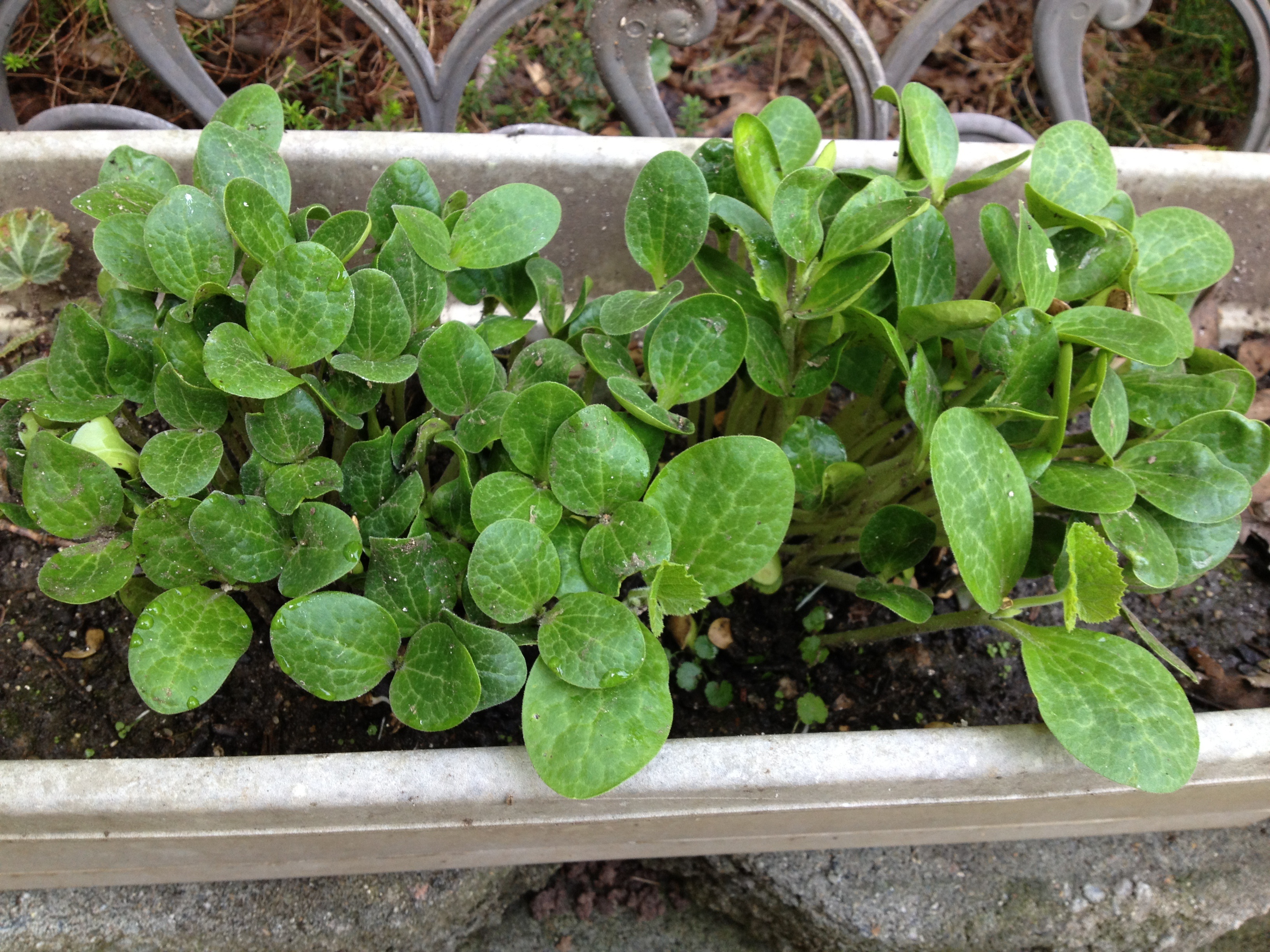Acorn squash on:
[Wikipedia]
[Google]
[Amazon]
Acorn squash (''

Stuffed acorn squash recipe
{{Squashes and pumpkins Squashes and pumpkins
Cucurbita pepo
''Cucurbita pepo'' is a cultivated plant of the genus ''Cucurbita''. It yields varieties of winter squash and pumpkin, but the most widespread varieties belong to the subspecies ''Cucurbita pepo'' subsp. ''pepo'', called summer squash.
It has b ...
'' var. turbinata), also called pepper squash or Des Moines squash, is a winter squash
Winter squash is an annual fruit representing several squash species within the genus ''Cucurbita''. Late-growing, less symmetrical, odd-shaped, rough or warty varieties, small to medium in size, but with long-keeping qualities and hard rinds, a ...
with distinctive longitudinal ridges on its exterior and sweet, yellow-orange flesh inside. Although considered a winter squash, acorn squash belongs to the same species (''Cucurbita pepo'') as all summer squashes (including zucchini
The zucchini (; plural: zucchini or zucchinis), courgette (; plural: courgettes) or baby marrow (''Cucurbita pepo'') is a summer squash, a vining herbaceous plant whose fruit are harvested when their immature seeds and epicarp (rind) are st ...
and crookneck squash).
Indigenous to North
North is one of the four compass points or cardinal directions. It is the opposite of south and is perpendicular to east and west. ''North'' is a noun, adjective, or adverb indicating direction or geography.
Etymology
The word ''north ...
and Central America
Central America ( es, América Central or ) is a subregion of the Americas. Its boundaries are defined as bordering the United States to the north, Colombia to the south, the Caribbean Sea to the east, and the Pacific Ocean to the west. ...
, the squash was introduced to early European settlers by Native Americans.
Appearance
The most common variety is dark green on the outside, often with a single splotch of orange on the side or top, however newer varieties have arisen, including ''golden acorn'', so named for its glowing yellow color; as well as varieties that are white. Acorn squash can also be variegated. As the name suggests, its shape resembles anacorn
The acorn, or oaknut, is the nut of the oaks and their close relatives (genera '' Quercus'' and '' Lithocarpus'', in the family Fagaceae). It usually contains one seed (occasionally
two seeds), enclosed in a tough, leathery shell, and b ...
. Acorn squashes typically weigh one to two pounds and are between four and seven inches long. The stem has a prickly feel.

Cultivation
Acorn squash is very easily grown: seeds are started after the danger of frost is past and the soil is warm or started for transplant 3 to 4 weeks before the predicted last frost date in the area. In one method, seeds directly sown are placed 25 mm (1 inch) deep, 5 to 6 to a hill. Grow hills are separated by 2 m (6 feet) in all directions. About 85 days after germination, acorn squash are ready to be harvested. Curing takes seven to ten days in a sheltered area outside or a warm dry place (like a storage space) protected from frost. The curing process helps the fruit keep longer before spoiling. Acorn squash is one of the most perishable winter squashes, lasting only a few weeks in storage. As with other squash varieties, the acorn squash vine makes yellow trumpet flowers that are edible. Tops about three inches from the end are also edible and they are one of the most common vegetables in the Philippines (as greens).Uses
The flavor of acorn squash has been described as mild, subtly sweet, and nutty. It is most commonlybaked
Baking is a method of preparing food that uses dry heat, typically in an oven, but can also be done in hot ashes, or on hot stones. The most common baked item is bread but many other types of foods can be baked. Heat is gradually transferre ...
, but can also be microwaved, sauteed or steamed. For savory recipes, it may be stuffed with rice, meat or vegetable mixtures. If a sweeter dish is desired, maple syrup is often used to fill the halves prior to baking, or used in a sauce or glaze to enhance the squash's flavor. The seeds of the squash can also be eaten, usually after being toasted first. Acorn squash can be used to prepare squash soup.
This squash is not as rich in beta-carotene as other winter squashes, but is a good source of dietary fiber
Dietary fiber (in British English fibre) or roughage is the portion of plant-derived food that cannot be completely broken down by human digestive enzymes. Dietary fibers are diverse in chemical composition, and can be grouped generally by t ...
and potassium
Potassium is the chemical element with the symbol K (from Neo-Latin '' kalium'') and atomic number19. Potassium is a silvery-white metal that is soft enough to be cut with a knife with little force. Potassium metal reacts rapidly with atmos ...
, as well as smaller amounts of vitamins C and B, magnesium
Magnesium is a chemical element with the symbol Mg and atomic number 12. It is a shiny gray metal having a low density, low melting point and high chemical reactivity. Like the other alkaline earth metals (group 2 of the periodic ...
, and manganese
Manganese is a chemical element with the Symbol (chemistry), symbol Mn and atomic number 25. It is a hard, brittle, silvery metal, often found in minerals in combination with iron. Manganese is a transition metal with a multifaceted array of ...
.
References
Further reading
*External links
Stuffed acorn squash recipe
{{Squashes and pumpkins Squashes and pumpkins